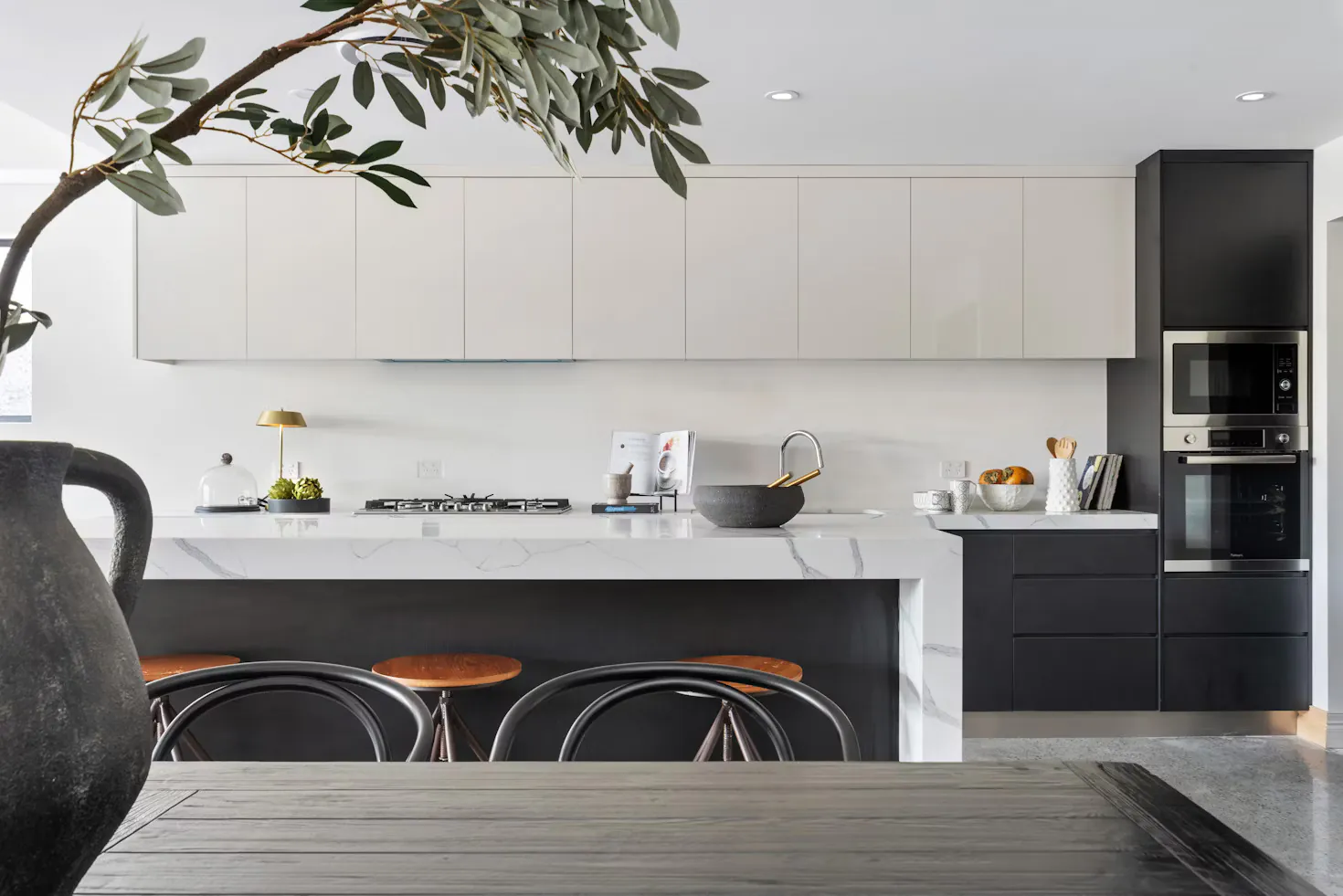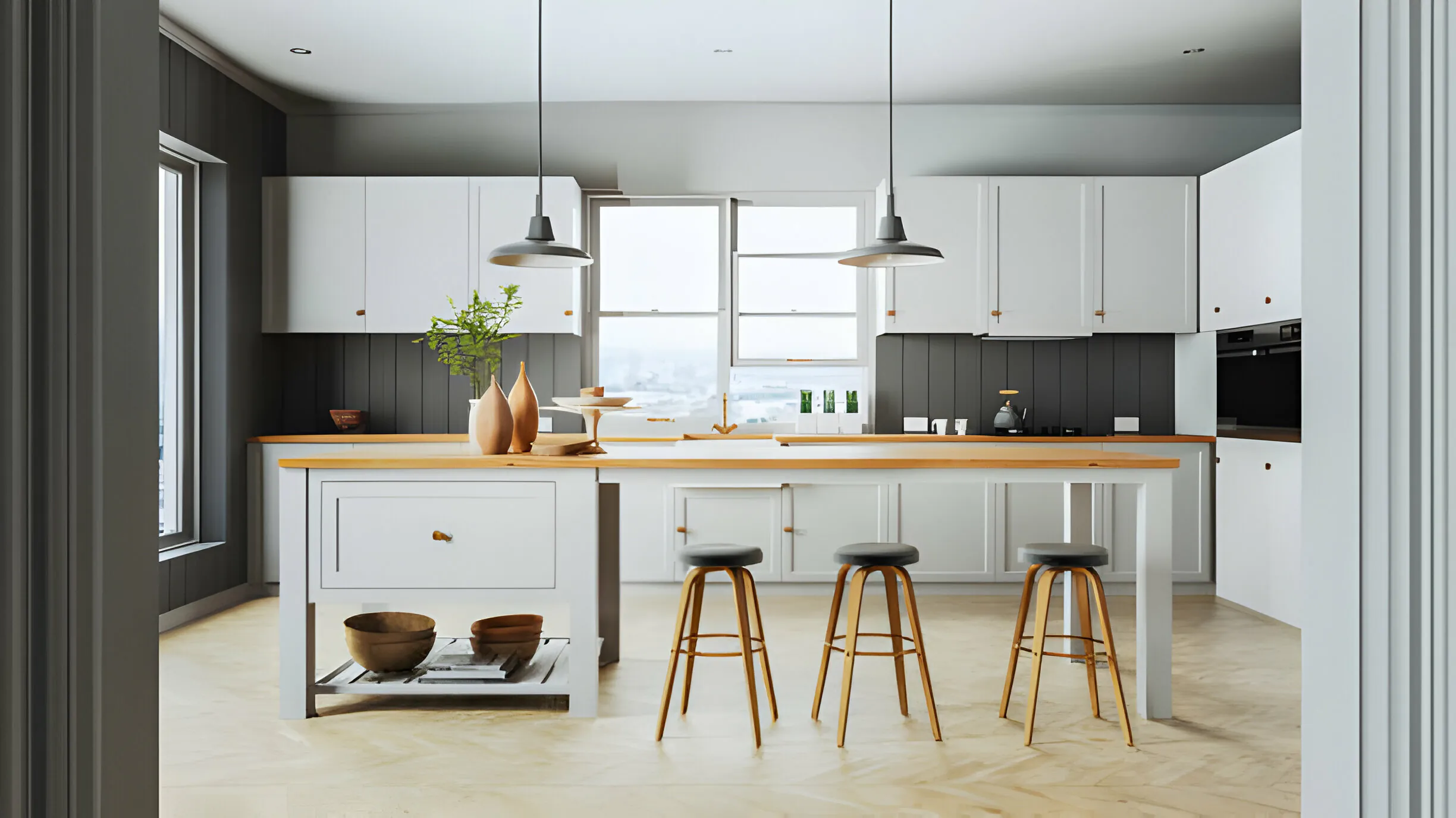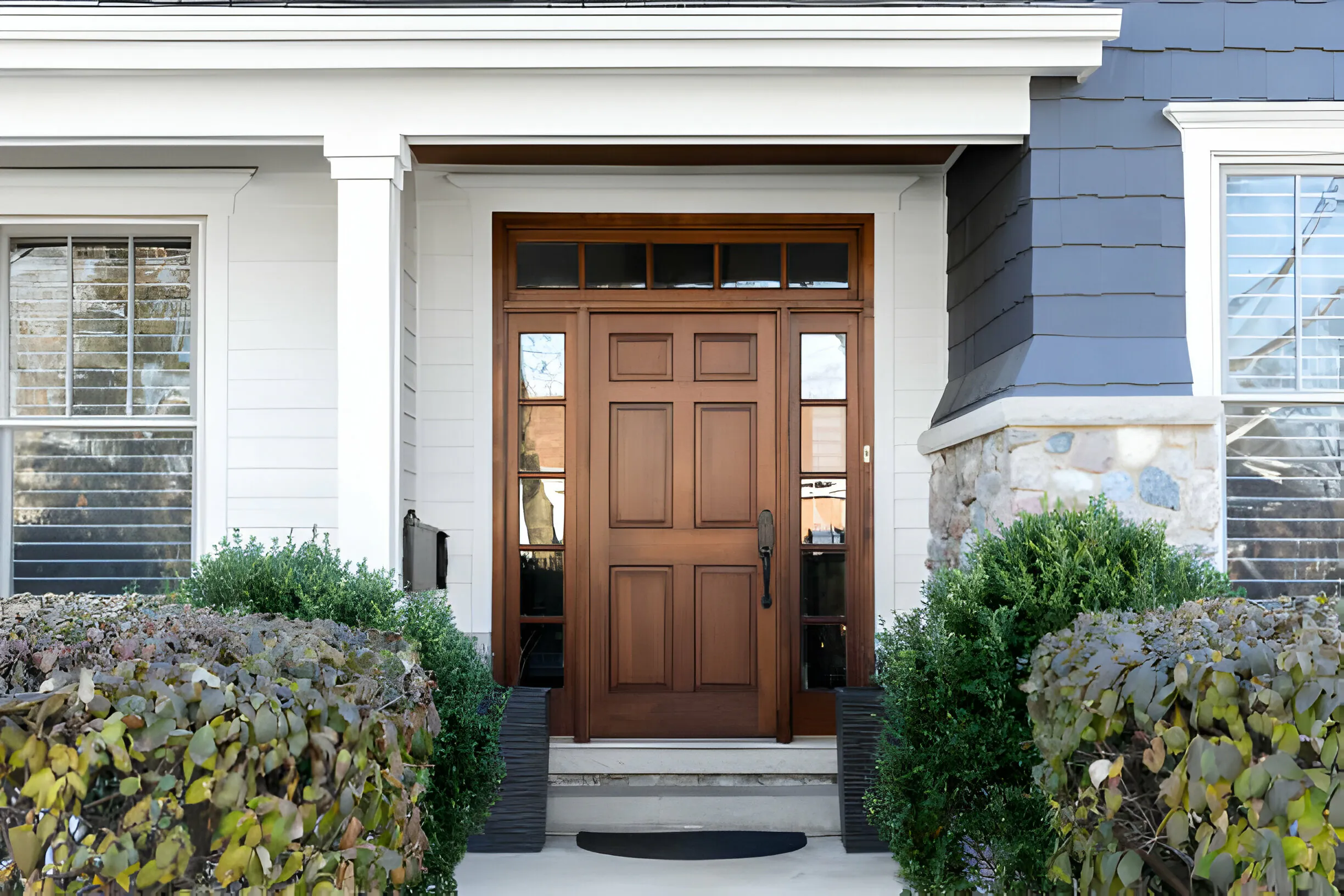Today’s modern kitchens blend functionality and style. Kitchen cabinets play a crucial role by storing items. They are expected to bear the weight of our kitchen essentials. This includes plates, utensils, pots, and pans. But have you ever wondered how much weight your kitchen cabinets can actually hold? Let’s dive into this topic. We will understand the load limit of kitchen cabinets and how to keep them strong.
Understanding Weight Capacity
Many factors determine the weight capacity of kitchen cabinets. The material, how cabinets are built, and their design all make cabinets sturdy. So does their installation. There is no set weight capacity standard due to these factors. But, industry standards suggest that a cabinet can support up to 500 pounds. However, it’s essential to note that this is a general estimate. Actual weight capacity may vary depending on many factors.
Also Read: How to Paint Above Kitchen Cabinets?
Factors Affecting Weight Capacity
1. Cabinet Material
The material used in cabinets is key. It determines weight capacity. Solid wood cabinets are sturdier. They can support heavier loads than cabinets made from particleboard or plywood. Additionally, the thickness and quality of the material contribute to its strength.
Also Read: Are Black Interior Doors in Style?
2. Construction and Design
The way cabinets are constructed and designed also impacts their weight capacity. These cabinets have broad braces. They are made of plywood I-beams or plastic corner gussets. They are stronger and can hold more weight. Moreover, cabinets with adjustable shelves allow for customization and optimization of weight distribution.
3. Installation
Proper installation is key. It ensures the stability and weight-bearing capacity of kitchen cabinets. Cabinets should be firmly attached to studs or joists. Use the right fasteners to stop them from failing under too much weight. Also, make sure cabinets are level and aligned during installation. This will help them support heavy loads.
Also Read: How to Extend Kitchen Cabinets to Ceiling
4. Weight Distribution
Even weight distribution is essential for maximizing the weight capacity of kitchen cabinets. Put heavy items on lower shelves. Use the bottom of cabinets for storing bulky items. This evens out weight. Avoiding overloading individual shelves and cabinets helps prevent strain on the cabinet structure.
5. Cabinet Support Systems
Certain features and support systems can enhance a cabinet’s weight capacity. Cabinets have reinforced backs, strong shelves, and solid hardware. They are better equipped to handle heavy loads. Also, adding support brackets or bars can add strength and stability to cabinets. This is especially true for cabinets carrying a lot of weight.
Tips for Maximizing Weight Capacity
1. Evenly Distribute Weight
To prevent overloading and ensure your kitchen cabinets last, spread weight evenly. Avoid putting heavy items on one side of the cabinet. This can strain the cabinet and hurt its stability.
2. Utilize Pantries
Pantry shelves can hold more weight than kitchen cabinets. They are great for storing heavy items like pots and pans. Reserve kitchen cabinets for lighter items like spices and canned goods. Using pantries for heavy items helps reduce strain on kitchen cabinets. It also keeps them from getting too heavy.
3. Choose Quality Cabinets
When selecting kitchen cabinets, choose high-quality materials and construction methods. They should prioritize durability and strength. Solid wood cabinets are sturdy. They can support heavier loads than cabinets made from particleboard or plywood. Custom cabinets often exceed industry standards. They can hold more weight. This makes them a good investment for homeowners who want durability. Consider features such as reinforced backs. They have sturdy shelves and solid hardware. These features enhance a cabinet’s ability to withstand heavy loads.
4. Consider Adjustable Shelving
Cabinets with adjustable shelving provide flexibility in organizing and distributing weight. By customizing shelf heights for item size and weight, homeowners can spread the weight better. This will prevent overloading. Additionally, adjustable shelving allows for easy reconfiguration as storage needs change over time.
5. Reinforce Cabinet Support
Enhance the weight capacity of your kitchen cabinets by reinforcing their support systems. Add support brackets, reinforcement bars, or extra fasteners. They will strengthen cabinet structures, especially in heavy load-bearing areas. Attaching cabinets to studs or joists with appropriate fasteners ensures they are secure. This also adds to their strength and weight-bearing ability.
Conclusion
Understanding the weight limits of your kitchen cabinets involves considering various factors. Industry standards provide a general guideline. But, the specifics depend on your cabinets’ materials, construction, and design. Focus on things like furniture braces, plywood I-beams, and plastic corner gussets. This way, you can make good choices. You will use them when picking or checking the sturdiness of your kitchen cabinets. Remember, well-kept cabinets with proper support can greatly extend your kitchen cabinets’ life. It will keep them reliable and functional for years.
Explore our selection at the Building Supply Depo. We have high-quality kitchen cabinet materials and accessories. They are durable and reliable for your needs.
Frequently Asked Questions (FAQs)
What are the standard dimensions for kitchen cabinets?
Standard kitchen cabinets are typically 24 inches deep and 36 inches tall. They are 12 to 48 inches wide.
What materials are commonly used in kitchen cabinet construction?
Common materials include oak and maple. Also, there are engineered woods, like plywood and medium-density fiberboard (MDF).
How do I determine the weight limit of my kitchen cabinets?
Weight limits depend on factors like materials and construction. Consider features like braces and gussets. Consult the manufacturer’s guidelines for weight limits.
Can I install additional support for my kitchen cabinets?
Yes, you can strengthen cabinets. You can add braces or supports. You can also upgrade hardware. This will increase weight capacity and stability.
How often should I maintain my kitchen cabinets?
You should do regular maintenance. This includes cleaning and checking for loose hardware. You should do it at least once a year to ensure longevity.
What’s the lifespan of kitchen cabinets?
With proper care and maintenance, quality kitchen cabinets can last up to 50 years or more.
Are there alternatives to traditional wood cabinets?
Yes, other options include metal cabinets, laminate cabinets, and eco-friendly choices. They are made from recycled materials.
Can I customize my kitchen cabinets?
Yes, many manufacturers offer customization options. These include size adjustments, finishes, and hardware choices. They suit individual preferences and needs.






